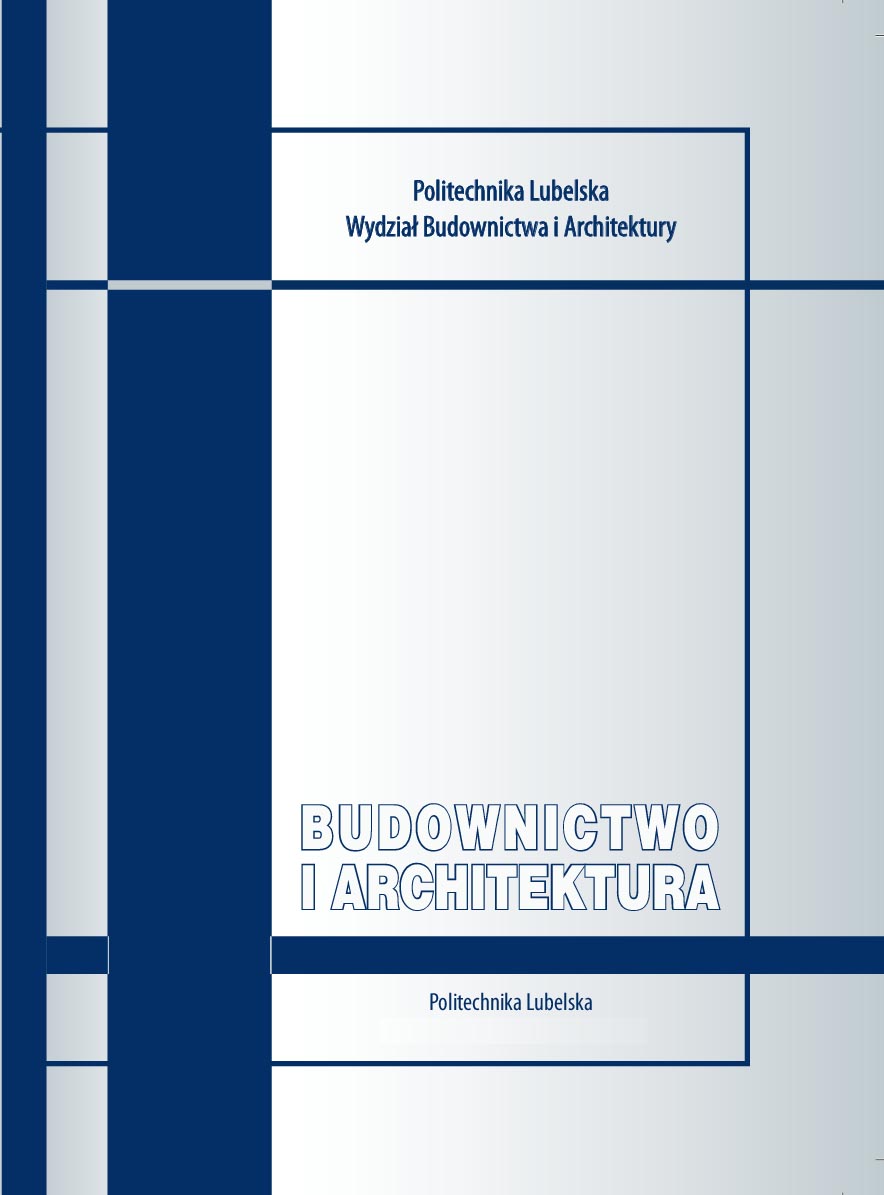Drewniane obiekty sakralne – szanse, możliwości, zagrożenia.
Próba analizy tematycznej (na przykładzie zabudowań
z terenów województwa lubelskiego)
Wooden religious buildings – chances, opportunities, threats, and risks. Case study based on analysis of properties in Lublin Province
Author(s): Piotr Gleń, Aleksandra Jarocka-MikrutSubject(s): History, Architecture, Geography, Regional studies
Published by: Biblioteka Politechniki Lubelskiej
Keywords: Polish Catholic Church; Eastern Orthodox church; vernacular architecture; heritage protection; heritage conservation
Summary/Abstract: Eastern Poland is abundant with wooden religious buildings. Over the years, however, a considerable number of decisions concerning historic events were made and they exerted influence on the form and state of preservation of these buildings. Consequently, profound, radical, and irreversible transformations took place in these properties. For this reason, either the value of these buildings, which were considered regional heritage, decreased or they became worthless at all. Furthermore, it frequently happens that wooden churches and shrines of modest size fail to meet expectations raised by the faithful, e.g. in terms of their size and standards. For this reason, liturgies are done in newly built premises and the buildings in question stop serving their former functions. This article discusses three wooden buildings that, according to the author of this paper, used to or still do fall under the category of vernacular buildings (including also relocated buildings with architectural elements characteristic to the region from which it was moved). This article also examines maintenance mistakes that were made over the years to this type of real estate. The author pays particular attention to a specific church which, due to its outstanding value, is worth more extensive discussion.Keywords
Journal: Budownictwo i Architektura
- Issue Year: 14/2015
- Issue No: 3
- Page Range: 295-302
- Page Count: 8
- Language: Polish

